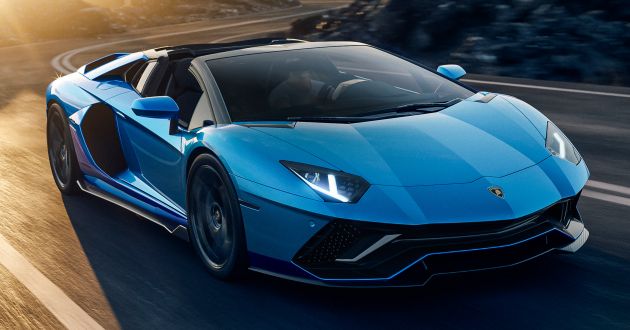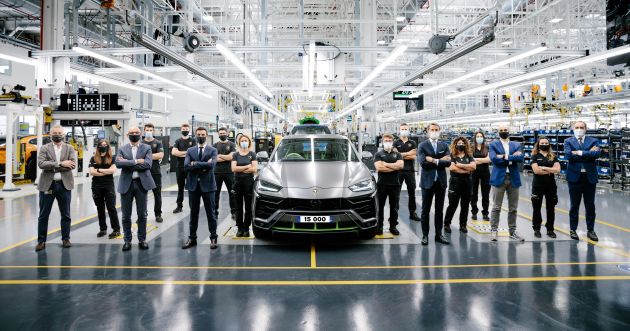The Lamborghini Aventador LP 780-4 Ultimae is a significant model in the Italian carmaker’s history, as it is the company’s final V12-powered series production car not to feature any form of electrification. As announced previously, Lamborghini is embarking on a new journey towards an electrified future, and by the end of 2024, its entire model range will be electrified. Recently, Autocar interviewed company CEO Stephan Winkelmann to get a better insight into this transformation.
First up, a successor to the Aventador is due to arrive in 2023 and will continue to feature a V12 engine, albeit with plug-in hybrid technology. It’s a radical change for the company, and Winkelmann does express that he will miss the Aventador when it departs, especially since it was the car that he launched back in 2011.
Since its launch, the Aventador has proved to be a successful model, outselling all previous V12-powered models. As the big shift happens, Winkelmann says the company has the ability to adapt to the electric revolution that is currently happening in the automotive market.
“We need to change and this is something that is paramount to the success of tomorrow. You have to perform better than before. This is one of the rules of our business at Lamborghini. Every generation has to be better than the previous one. In terms of CO2 emissions, it is an important change, but we are convinced that this is going to work. The plug-in hybrid car which will follow the Aventador will have a V12 engine, and so the sound and the history will stay alive,” he said.
A PHEV successor to the Aventador will certainly tip the scales more due to the addition of batteries and electrified components, but Winkelmann says that power-to-weight ratio should be the topic of focus instead of overall weight.
“It’s about the setup, the brakes, the aerodynamics – a lot of items which have to work together. One of the most important is the power-to-weight ratio, and if this is greater, then the behaviour of the car has to be adapted and we are sure that this is going to work in a very smooth and positive way,” he explained, adding that using supercapacitors – like on the Sian FKP37 – is more of a bridge technology, with hybridisation being more suitable to reduce emissions.


When asked if the V10 engine found in the current Huracan will survive into the hybrid era, Winkelmann replied that it’s still too early to discuss it, as this will only happen in 2024. Instead, he said the company is concentrating on 2021 for now, where another car will join the Ultimae with a V12 engine and a supercapacitor. In 2022, there will be two new launches based on the Huracan and Urus, while 2023 and 2024 will see the line-up be hybridised.
Similarly, Winkelmann did not state if a hybridised V6 is in Lamborghini’s plans, although there could be a possibility if there is an opportunity. Rival companies like Ferrari and McLaren have already revealed models using such an engine, namely the 296 GTB and Artura.
In the second half of the decade, Lamborghini will introduce its first full electric model – the fourth in its roadmap – but it won’t be a new version of the Urus. “The first step is hybridisation. Then we’ll see if synthetic fuels give an opportunity to continue to work with combustion engines, because it’s not about the type of propulsion: it’s about the emissions you generate,” said Winkelmann.
“But on the other hand, we foresee a fourth model for the second half of this decade which will be the first full-electric car, and here we’re looking at a body style which will not be the same as the Urus, but at least a 2+2, so a car that’s daily driven,” he added.
Lamborghini will work with parent company Volkswagen Group to develop platforms suitable for it, although no further details were mentioned. With an electrified line-up in the future, the company will split its cars into two types, including sports cars that try to keep the internal combustion engine for around as long as possible.
Meanwhile, on the daily driver side, the Urus and the new fourth model, fulfills the requirements of customers who still want some practicality to go with the performance. “We are not always focused on super sports cars. We had GT cars, 2+2 cars like the Espada and we had the LM002. So as a company, we also did lots of different stuff,” said Winkelmann.
The post Lamborghini CEO says Aventador’s successor will feature a V12 with PHEV tech, discusses future models appeared first on Paul Tan's Automotive News.




0 Comments